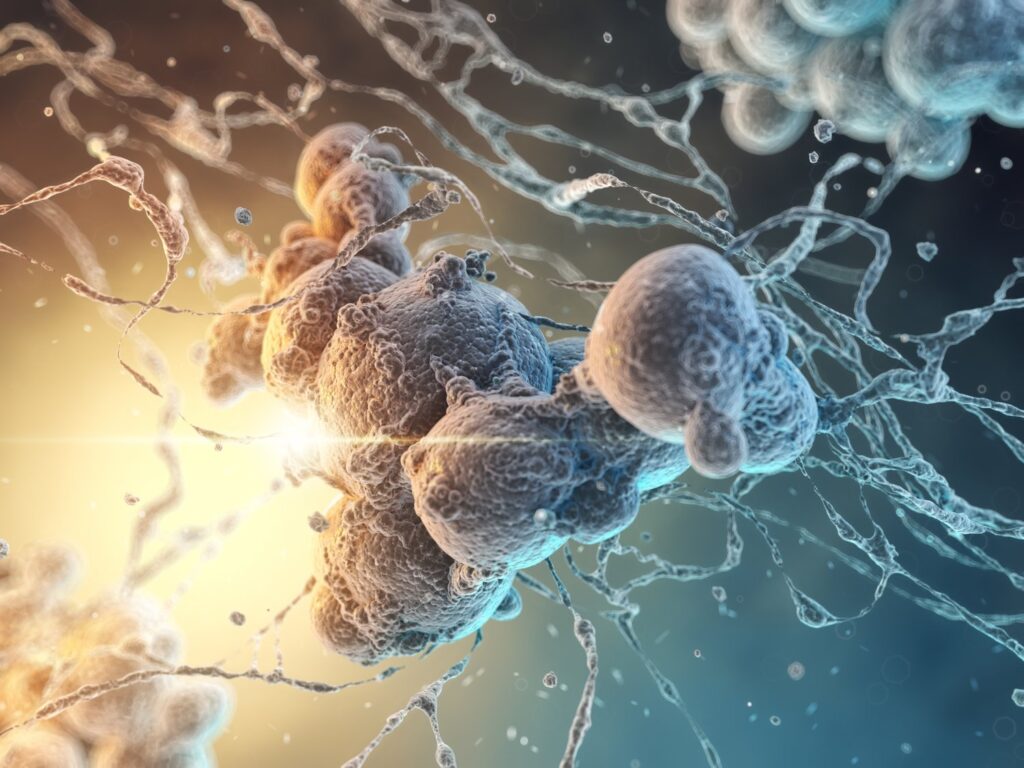Across the globe, the significant health threat posed by intracellular bacterial pathogens continues to escalate. These bacterial invaders cleverly shield themselves within host cells, evading the reach of conventional antibiotics.
The rise in antibiotic resistance compounds the problem, making the demand for innovative solutions ever more critical. Current research trends are stepping up to this challenge, pioneering unconventional strategies to mitigate this health risk.
How Scientists are Driving Transformative Shifts in Disease Management
One of the transformative shifts in strategy is led by these researchers Zhong, Sawicki, Zhou, Hou, Zhang, and Du. Their work converges on harnessing nature-derived antimicrobial agents, non-antibiotic compounds, and nanotechnology as innovative tools against bacterial infections.
For instance, Zhong’s team taps into the antimicrobial potential inherent in nature. They study how essential oil derived from satsuma mandarins affects Aeromonas hydrophila, a bacterium responsible for various human diseases. Their work illuminates a promising path in the search for new antimicrobial agents.
Complementing this effort, Sawicki’s team also looks to nature for answers. They explore the effects of propolis, a resin-like material made by bees, on Mycobacterium tuberculosis. Their research uncovers intriguing evidence of propolis interfering with bacterial metabolic pathways, underscoring the rich, often overlooked antimicrobial potential in nature.
Adding to this multilayered approach, Zhou and his colleagues delve deeper into bacterial cell structures. Their comprehensive review of bacterial cell wall targets underscores their role in bacterial growth and virulence. Zhou’s work illustrates the need for innovative strategies to effectively undermine these critical structures, offering a fresh angle to attack bacterial invaders.
In a different line of research, Hou’s team explores the potential of non-antibiotic compounds in managing chlamydial infections. Their efforts highlight the necessity for alternative treatments beyond conventional antibiotics, particularly in light of the escalating issue of antibiotic resistance.
Lastly, the teams led by Zhang and Du delve into the realm of nanotechnology. Zhang’s team engineers composite nanoparticles designed to target biofilms of Mycobacterium tuberculosis. Meanwhile, Du’s team tests the efficacy of silver nanoparticles against multidrug-resistant Escherichia coli infections. Both studies demonstrate the potential of nanotechnology to offer precise, potent tools for managing bacterial infections, indicating a promising direction in the fight against these pathogens.
By 2030, the worldwide market for therapeutics used in infectious diseases is anticipated to achieve a size of approximately USD 167 billion, exhibiting a compound annual growth rate (CAGR) of 4.23%, according to Precedence Research.
Harnessing Promising Potential Amid Obstacles
Despite the promising potential, challenges such as regulatory hurdles, high R&D costs, unproven large-scale results, and resistance from established pharmaceutical companies persist. However, the growing investment in companies such as Starpharma, working on similar lines of innovation, showcases the sector’s vibrant potential.
Starpharma harnesses the power of nanotechnology, building its fundamental technology around dendrimers. These tiny, uniform synthetic particles demonstrate significant potential in medical and pharmaceutical sectors. The company has attracted substantial financial backing, with total funding reaching $45 million to date.
Conclusion
The sector promises significant advancements, fusing breakthrough technologies like artificial intelligence, machine learning, and nanotechnology. This convergence offers predictive insights, personalised treatments, and precise therapies, ushering in a transformative era in managing infectious diseases. Each innovation brings us a step closer to more effectively managing and ultimately preventing these health threats.


